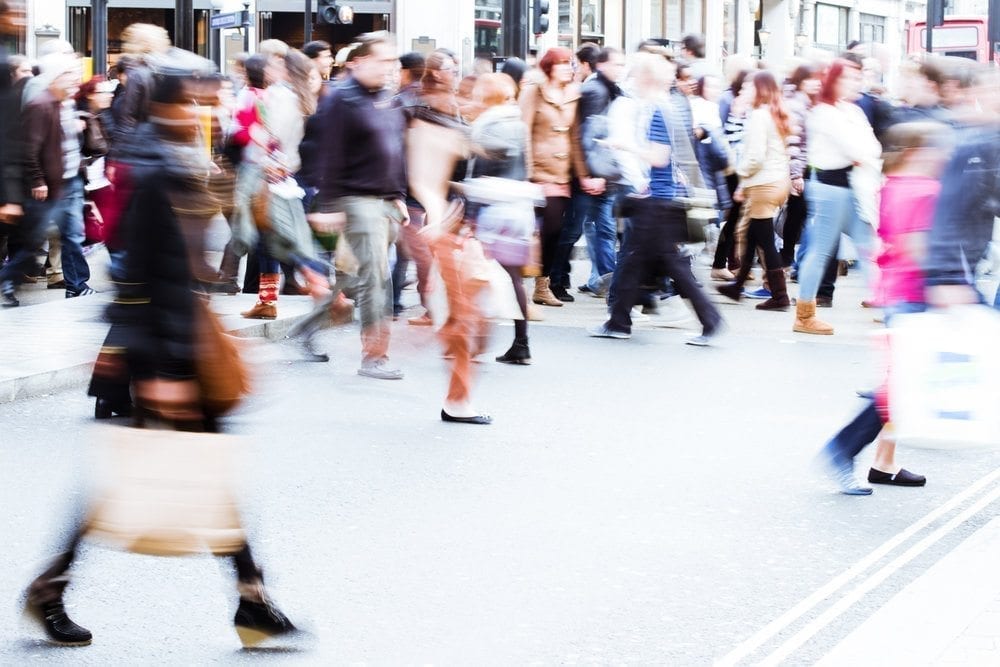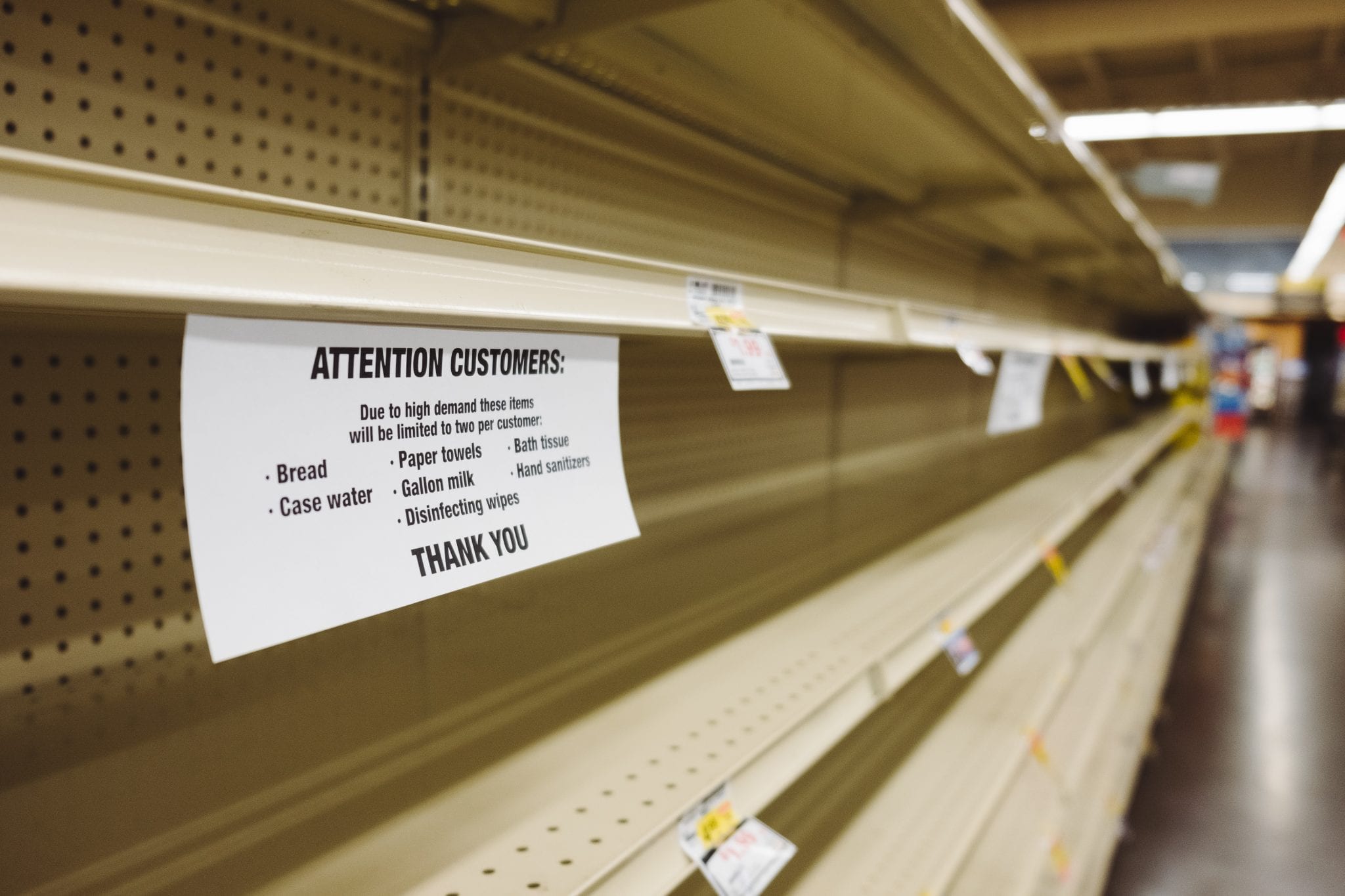Medium-sized cities nowadays are facing an increasing problem: a declining vividness of the city centre. More and more stores are closing the doors and vacancy increases. The fact that shops stand vacant is for consumers a reason to visit shopping areas less often, or even no longer; resulting in a negative vicious circle. This makes it hard, especially for medium-sized shopping areas, to compete with the big and well-known ones. They face the challenge of how to change in order to become distinctive from these popular cities.
Municipalities should rethink the positioning strategy of shopping areas. Taken the fact that positioning and strategy are typical terms for business to deal with, shopping areas might benefit from looking at their position from a different perspective. They could consider themselves being one company so to say, instead of consisting of separate stores, cafes and other recreational organisations. This way of thinking opens up new opportunities as they will start working together and reduce the competition between each other.
Trends impacting the shopping areas
What is it that causes this deterioration shopping quality of medium-sized cities?
There are several trends and developments that are impacting consumer behaviour. One of the main causes, of course, is the rise of online shopping.
Online shops offer consumers 24/7 access to a wide range of products. These technologies change the way consumers shop and interact. More and more webshops introduce 'same day delivery' or 'order online and pick-up in the store'. Also, the rise of larger shopping chains that attract the masses with low priced goods hinder the development of mid-sized city centres as they tend to open their stores in larger cities.
In contradiction, some trends and technologies can empower the physical shopping area. For example, big data makes it possible to gain insights in the best layout of the shopping area. Also, by using big data, services that increase the attractiveness of the shopping area can be developed. Another trend is an increasing number of non-traditional store formats, think of pop-up stores and mobile stores. The benefits are testing new revenue streams, increasing brand awareness, engaging customers and suits well to fill vacant shopping spaces.
Rethinking the strategy of shopping areas
Shopping areas of mid-sized can make the difference by organising as one organisation. This means the different shops, cafes, theatres and all the other organisations within the shopping area will work together instead of competing with each other. The companies work from an integrated perspective and together define values, goals, ambitions, dreams and a common proposition for the shopping area. They can do so by having one target group and one complete customer journey in mind.
"Growth is never by mere chance; it is the result of forces working together." - James Cash Penney
The following four activities are of importance:
- Choosing the right target group. It makes quite a difference if you target teenagers, young families or elderly people. And the shopping area should distinguish speciality hoppers that come for special products and want to come and go quickly, from the shoppers that require a pleasure environment as shopping is part of their entertainment.
- Defining consumers' buying intentions per moment and situation. This can be done by answering the question: what is important for these consumers? Creating personas and thinking from this perspective will help sketching the complete shopping experience consumers will have within the shopping area. The personas form the starting point for the customer journey. Which will be helpful is thinking from the consumer's perspective and answering questions that are relevant in the consumers' decision-making process; a consumers wants to know what activities are offered by the shopping area, how the shopping area fits the expected experiences, how accessible the area is, where the parking spots are, but also, what the weather forecast is, what other people think about that area.
- Collaborating and sending the same communication. Companies within the shopping area collaborate and send the same communication towards consumers. For example, they can offer package deals and prices. Shopping areas can develop a mobile phone application that reserves a parking spot and tells the consumer personal offers of the different stores. The app navigates the consumer through the shopping area along his/her favourite stores, in the best sequence, depending on his/her shopping goals.
- Conducting research. Organisations should measure the results to see what impact this different perspective brings for the shopping area.
When implementing this way of working, you will see that the stakeholders in a shopping area compete less with each other, but strengthen their position also in the dialogue with government. The best way of working for stakeholders in a shopping area is to collaborate with an independent facilitator. This person can lead the discussion and facilitate the sessions during which the stakeholders form the integrated perspective.
Of course, a simple step-by-step approach is a simplification of the way things will really go. It is a much more iterating process with the four core elements described: choosing and understanding the consumers, collaborate to serve them and continuously measure the outcomes.



